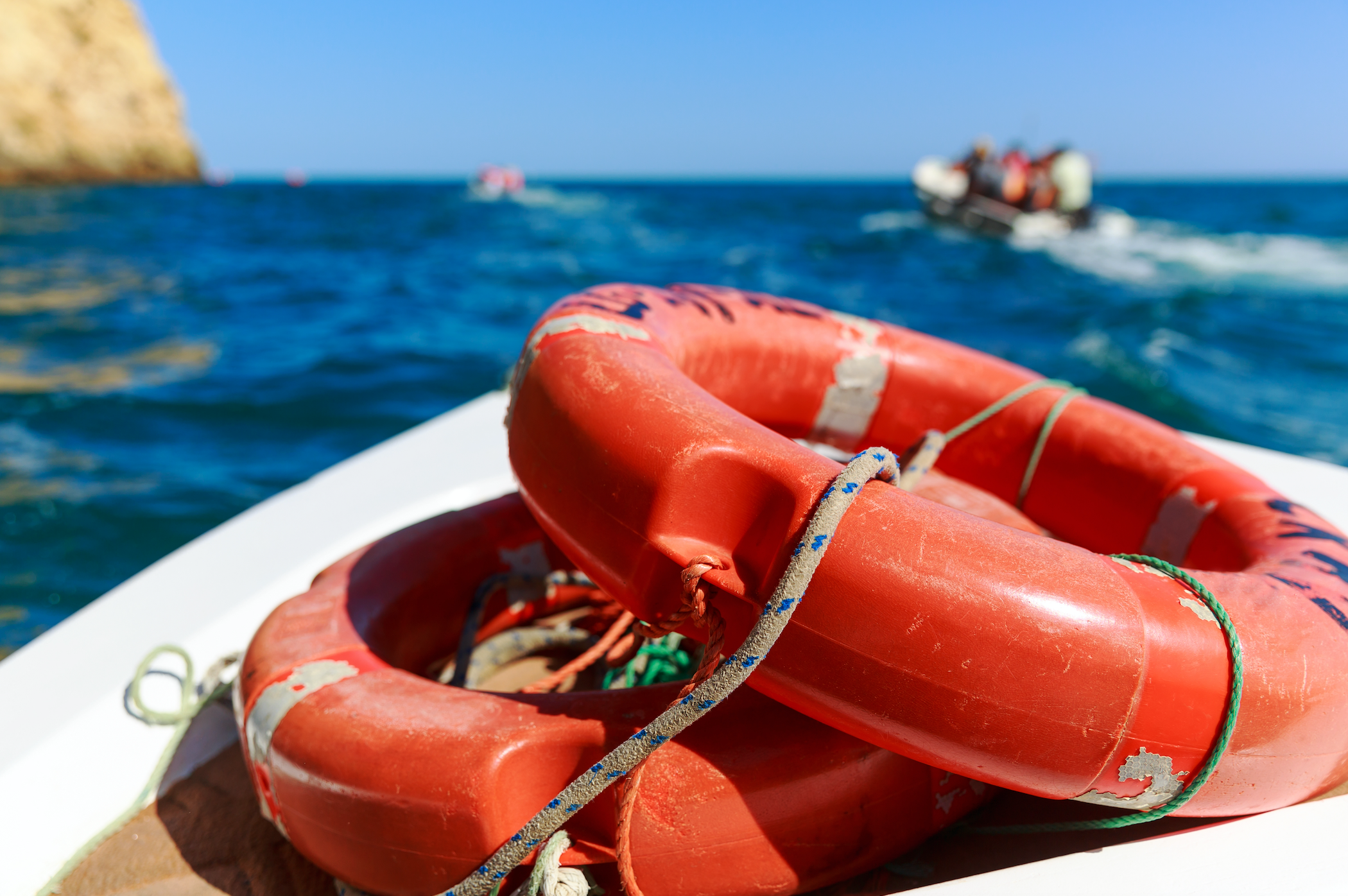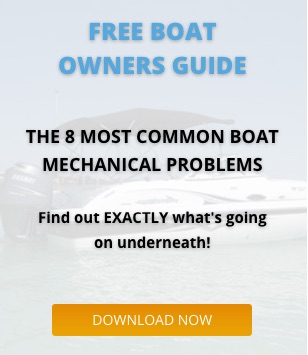Whenever you take your boat out, safety must be your utmost priority. We see the consequences of inadequate safety measures and awareness all too often and in most to the cases, the damage to your boat and putting your passengers at risk is preventable.
To keep you, your family and friends as well as your boat, we have compiled a list of the things to consider when you are planning your day out on the water.
Be the master of your boat.
When you take your boat out, you are the master of your boat and as such responsible for all people on board. It is up to you to direct passengers to keep on their lifejacket at all times, to encourage and ensure appropriate behaviour, advise passengers on safety equipment on board as well as consider safety aspects when making decisions and plans about your day out.
Safety equipment, safety equipment, safety equipment
Onboard safety equipment is some of the most important aspects to remember. Below is a comprehensive list of on safety equipment provided by the Queensland Government.
Standard safety equipment for boats that require registration

# Owners/masters must give each person onboard information about where the safety equipment is kept. Lifejackets must be either worn or readily accessible and clearly visible to passengers or their storage location – indicated by a clearly visible sign with a white background marked with the word ‘lifejackets’ in red letters or vice versa.
* PLBs may be used in the place of an EPIRB by lightweight craft operators only if they comply with conditions of carriage.
# Required when operating more than 2 nautical miles outside of smooth waters or partially smooth waters or other waters more than 2 nautical miles from land.
Standard safety equipment for boats that don’t require registration

# Owners/masters must give each person onboard information about where the safety equipment is kept. Lifejackets must be clearly visible to passengers or readily accessible and indicated by a clearly visible sign with a white background marked with the word ‘lifejackets’ in red letters or vice versa.
* PLBs may be used by lightweight craft operators only and only in accordance with the conditions of carriage.
# Required when operating more than 2 nautical miles outside of smooth waters or partially smooth waters or other waters more than 2 nautical miles from land.
To see the detailed list of safety equipment and exemptions for the carriage of some equipment in certain situations download the safety equipment for recreational boats and personal watercraft (PDF, 200 KB) table.
Service your boat
Make sure your boat is regularly serviced and all issues and problems are efficiently and timely addressed. This does not only keep your passengers safe but saves you money in the long run and keeps your boat running smoothly.
You should do a quick DIY check regularly. Before pulling out a boat from storage, examine the engine, the exterior, and interior parts. For the engine, survey its physical state, fuel tank, and exhaust system. For external check, take a look at parts, such as the hull, propeller, navigation lights, anchors, rollers, fenders, and fibreglass. For internal check, inspect general cleanliness, inboard engine stuffing box, condition of the upholstery, electrical panel, and shore power plugs.
If you find any defaults or issues, or simply need help with checking your
boat, leave the hard work for to us and take advantage of our expertise and
experience in keeping your boat running smoothly and safely.
Check the weather forecast
Weather can be your best friend or your worst enemy. Make sure you check the weather forecast and the marine conditions before you head out and plan your trip accordingly. The Bureau of Meteorology is a good source for up-to-date information and regular updates.
Let people know of your plans
Before you head out, make sure you have told at least 2 people (the ones on board with you do not count), where you are going, how long you are planning to stay and who is coming with you. In the case of an emergency, you need to make sure that people on land will be raising the alarm and notifying the appropriate authorities.
If in the water, stay by your boat
If you and/or your passengers end up in the water, stay by your boat. Even if your boat has capsized, your chances of being found are higher by your boat rather than in the open water. The boat will also provide a floating surface to hold on to in case of exhaustion, rough water or lack of safety vests.
We do not simply repair and maintain boats, we are passionate boaties ourselves. We want you to enjoy all that boating can offer and do it safely. And for all the elbow grease and professional knowledge to keep your boat running smoothly and safely, we are your one-stop-shop!



